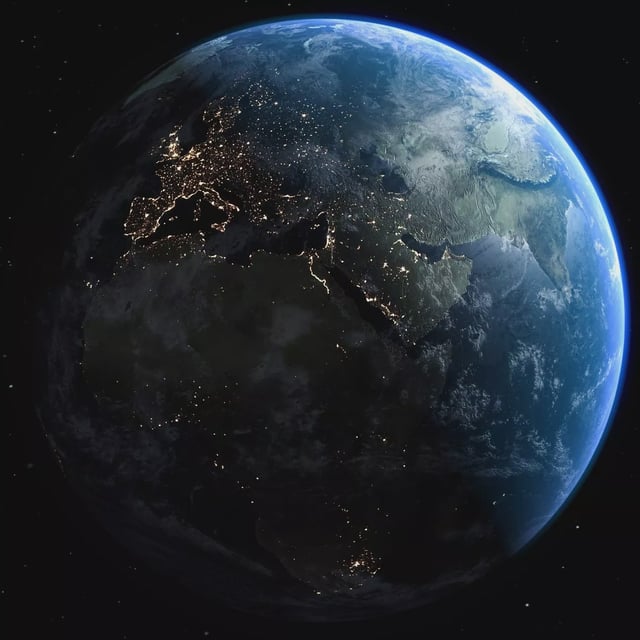Overview
- On August 5, atomic clocks measured the day at about 86,399.99867 seconds, shaving roughly 1.33 milliseconds off the standard 24 hours.
- Coordinated data from the International Earth Rotation and Reference Systems Service and the U.S. Naval Observatory confirmed it as one of 2025’s shortest days.
- Since 2020, multiple record-short days have occurred, including a 1.66 millisecond shortfall on July 5, 2024.
- Researchers led by Leonid Zotov are investigating deep-Earth core shifts, atmospheric changes and lunar effects to explain the acceleration.
- To keep Coordinated Universal Time in sync with Earth’s faster rotation, timekeepers will introduce a negative leap second around 2029.



